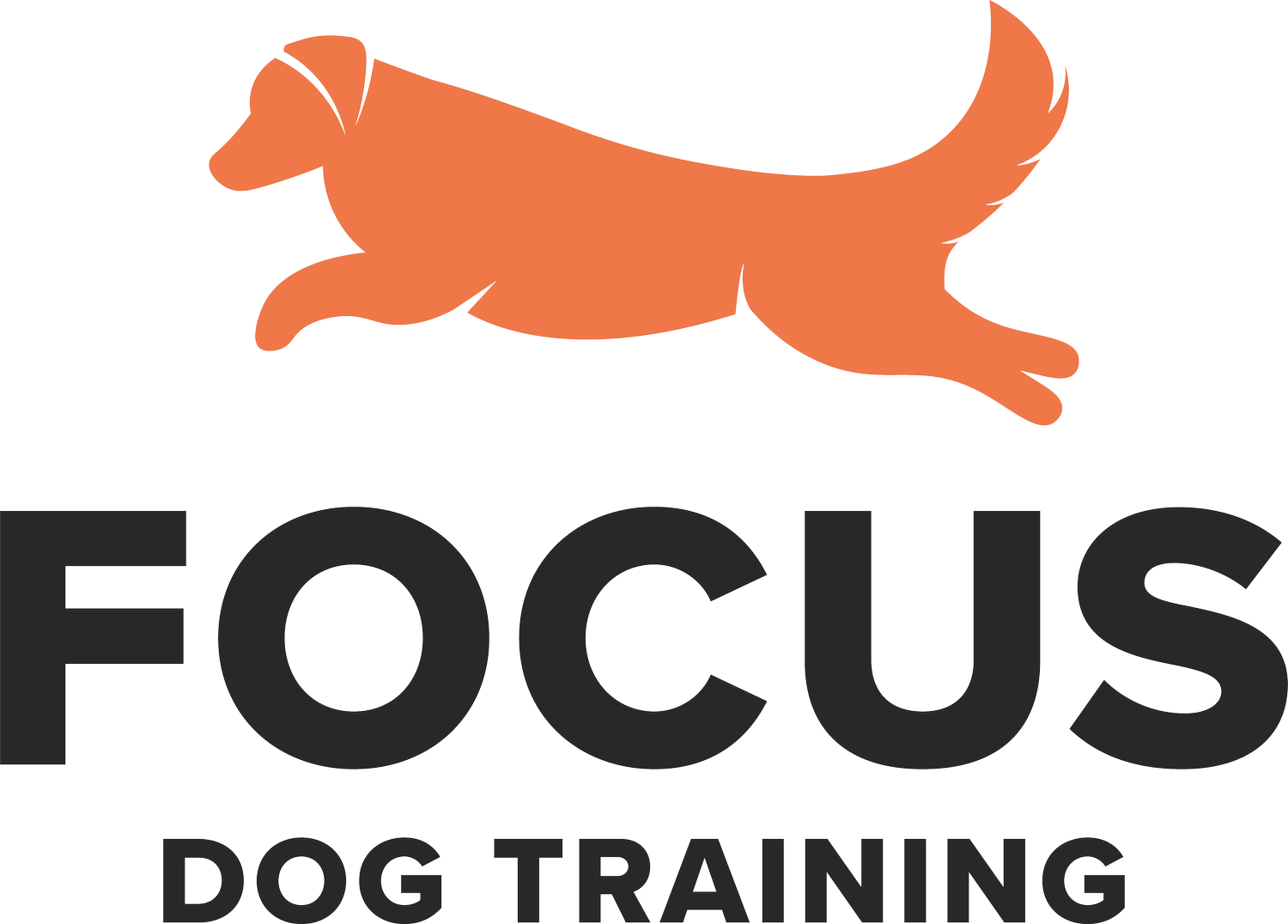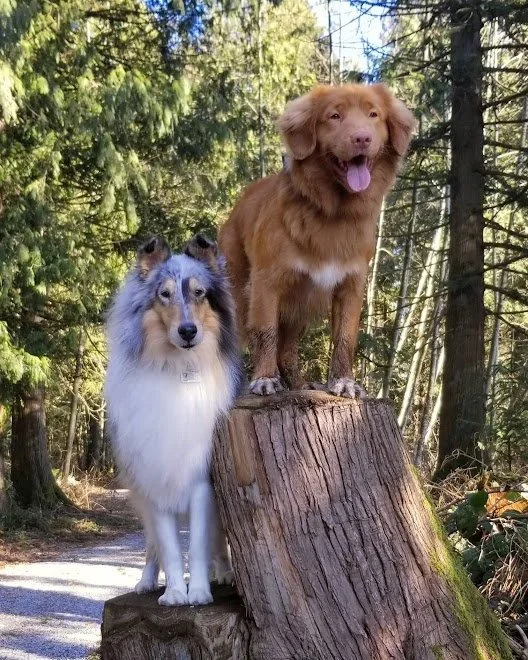Enriched to Death?
Did humans, and specifically the modern training industry, create hyperactivity in dogs by giving them too much enrichment and exciting training?
An Open Letter Regarding Behavior Vets, ADHD, and Neurodivergence
A response to recent discussions on ADHD and Neurodivergence and dogs
Why Don’t Dogs Come When Called?
The world is exciting and reinforcing
A lot of our dogs live in relatively sterile environments. The outside world is full of interesting smells and experiences that don’t exist inside our homes.
Helping Your Dog Cope with Loss
Losing a pet is always so sad, but when our pets themselves lose someone they love? Heartbreaking.
How to Spot an Over Aroused Dog
Over arousal can be a bit of a nightmare for handlers of high energy and high drive dogs!
Replace the Chuckit!
Chuck it, or repetitive, high arousal fetch, can be problematic for dogs’ mental and physical health. Here are three alternatives to help meet their needs!
Frustration: What You Need to Know
Frustration is aversive. It is not fun for us, and it’s not fun for the dog. That means that even if we’re standing there with our clicker and our cheese or hot dogs, we might be giving the dog an unpleasant learning experience.
Language is Important
We run into problems when we’re using the same words but meaning different things.
The Secret to Puppy Success
Do you want to know one of the biggest secrets for surviving the puppy months?
How to Calm a Hyper Dog
Is your dog bouncing off the walls?Running amok off leash?
Can’t stop won’t stop?
Seriously, don't upgrade on the energy level
You probably need a chiller dog than you think.
Do You Have the Bad Puppy at Class?
Did you have the bad puppy at class?
I’ve been there! Lots of people have been there! Puppy class is hard!
Overexercising - The Mistake No One Thinks They’re Making
Before I became a pet dog trainer, I would never have guessed how often I would end up telling people they can exercise their dog less.




















